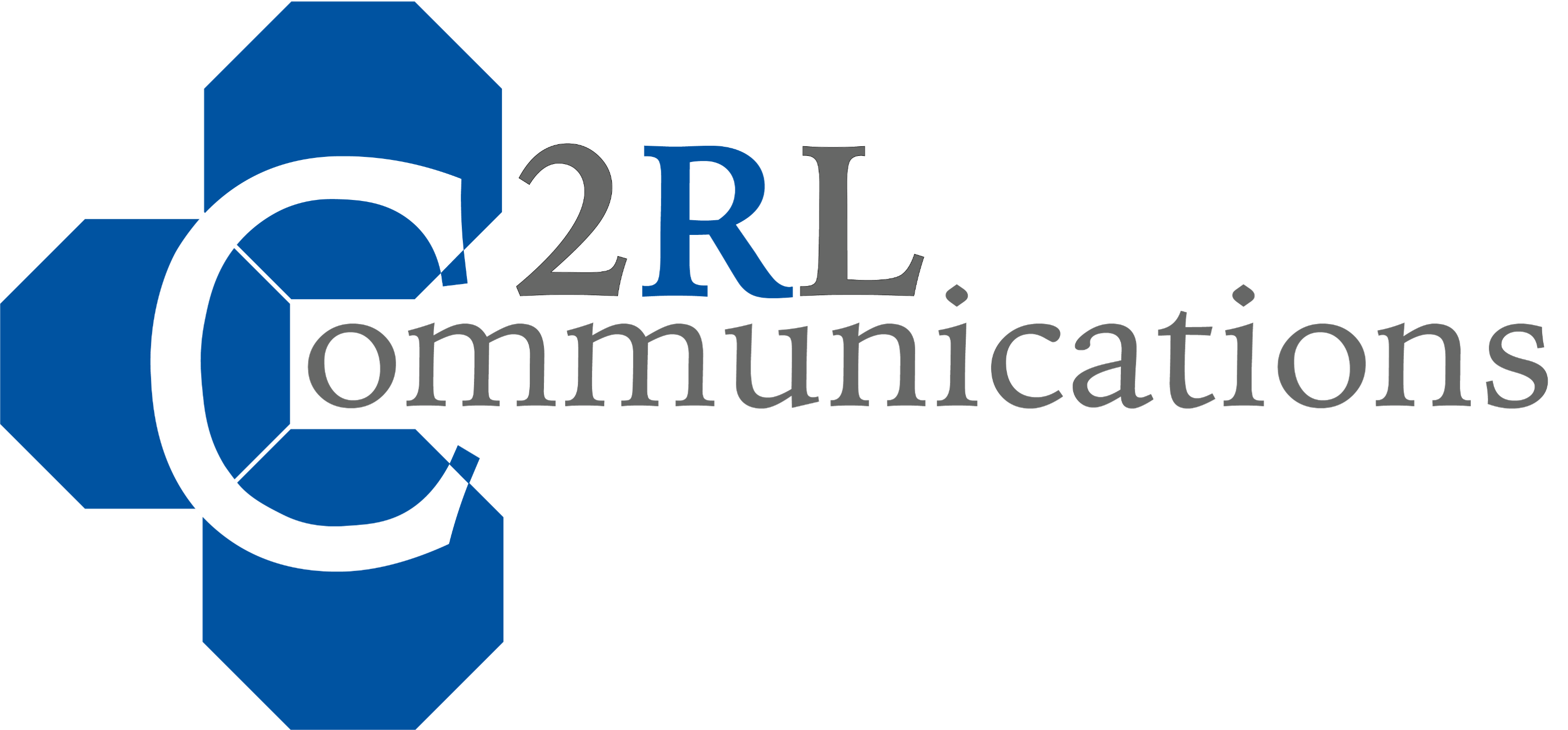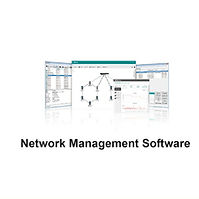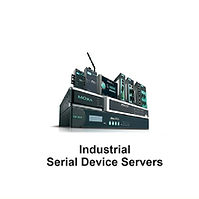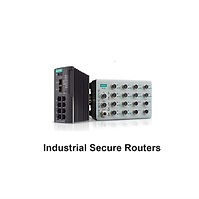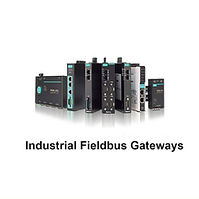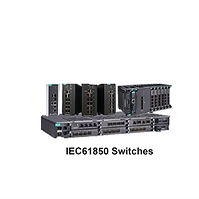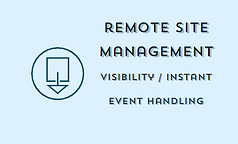
Remote Site Management
- Reliability
- Real-Time
- Visibility
Remote field site management is critical to Engineers and Technician without advance notification…..
Remote site management is critical, it refers to the practices and technologies used to oversee and maintain any industrial automation application infrastructure at locations that are geographically distant from a central administration or control centers. These sites can be anything from remote Water Wastewater Treatment plants, Power Substations, Oil Rig platform, to ATMS (Advanced Traffic Management Systems), and Critical Manufacturing facilities. Managing remote sites presents unique challenges, such as physical distance, limited network Engineer on-site, and varying network connectivity can make troubleshooting and maintenance more complex.
Below describe several key aspects which play a crucial role in effective remote site management:
